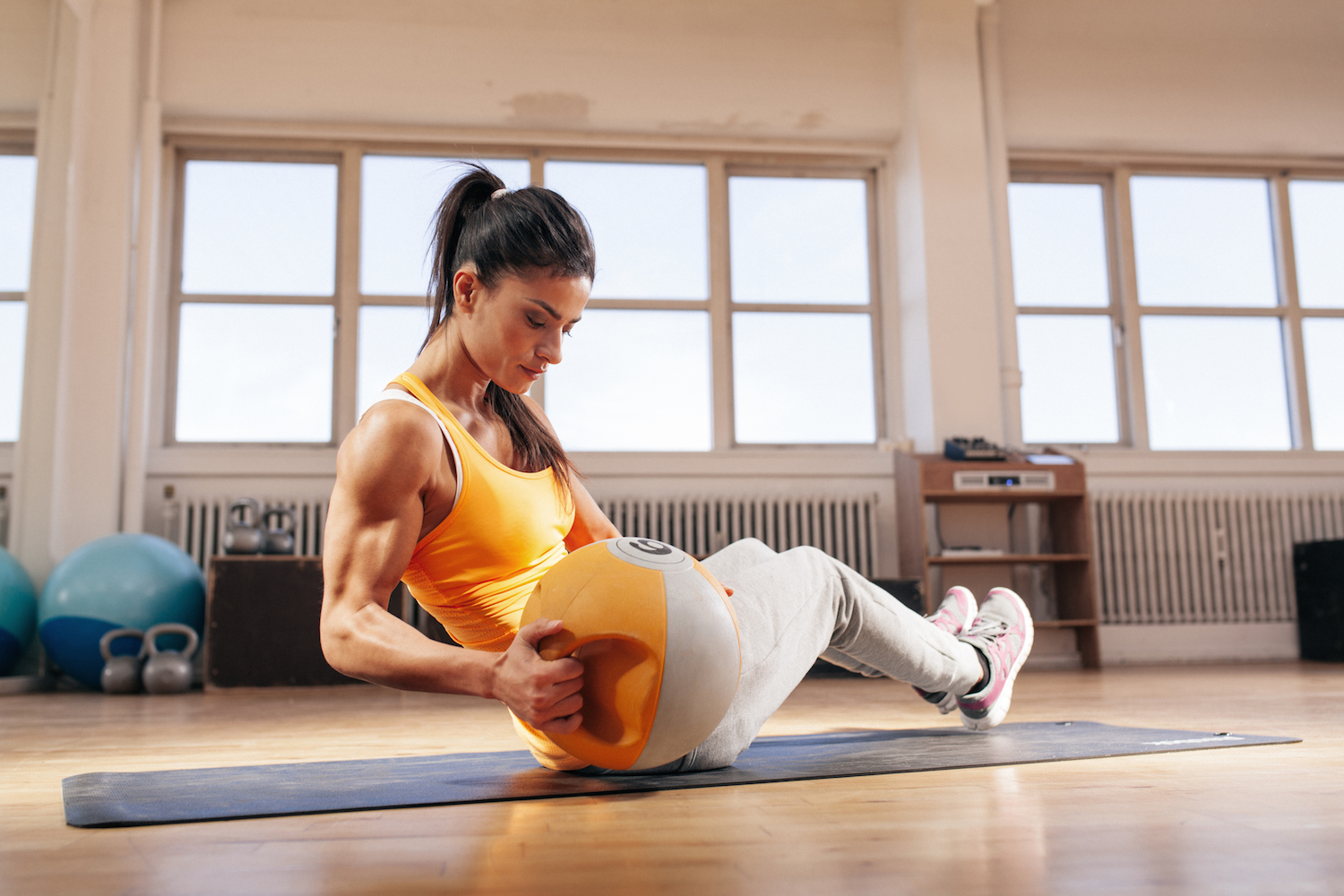Sometimes the best way to improve performance in a sport is to make additional effort outside of participating in that actual sport. It’s the whole idea behind cross-training. And while a lot of us prefer to be outside, even in winter, this can also be a great time of year to take your training inside and focus on some particularly effective, targeted exercises.
We put together some recommendations based on three of our region’s most popular outdoor sports: cycling, paddling and rock climbing. Try to do the exercises two to three times a week for four to six weeks. You might be surprised at the improvement you see once you hit the outdoors again.
Cycling
Cycling is a repetitive-motion activity that can sometimes lead to muscular imbalances. A proper resistance-training program can enhance muscle parity, increase power and, on a whole, extend your riding life. (Resistance training refers to using weights, weight machines, resistance bands and your own body weight to make your muscles work against a weight or force.)
With cyclists, the quadriceps and glute muscles can become overdeveloped over time, leading to an increased risk of injury. Hamstring and hip stabilizer exercises can help even this out. Try single-leg deadlifts with kettlebells. This exercise helps correct muscle inequity, since each leg is forced to support the load independently.
Balance and coordination can also be improved with a properly designed program. Resistance training enhances nerve function, which can reduce the risk of falling and make you a safer, stronger rider. The boat pose, a yoga movement that targets the transverse abdominus and lower back, can strengthen the core muscles needed to remain bent over for hours.
Last but not least, a resistance-training program can also increase power, allowing you to exert a maximal force in as short a time as possible. By incorporating weight training focused on increasing strength, cyclists are more efficient, can climb hills with more ease, and can resist fatigue in their legs and postural muscles.
Paddling
Similar to cycling, your ability and overall experience with paddle sports can be greatly improved with a properly designed exercise program. Efficient paddlers need to have aerobic endurance, strength and power, muscular balance and a strong core — particularly for rotational movement patterns.
Participation in other activities such as running, cycling, elliptical machines, stair climbers or swimming can have crossover benefits with paddling. These activities help improve overall aerobic capacity by maximizing the use of slow and fast twitch muscle fibers, delivering more oxygenated blood to the working muscles, and increasing efficient use of carbohydrates and fats as fuel.
A resistance-training program can also train your muscle groups to deliver more force with each stroke. Target the rotator cuff and rear deltoids with external shoulder rotations using exercise bands. This exercise will help maintain strength and range of motion, and protect the rotator cuff against damage.
Core strength and stability are vital to becoming a more efficient, powerful paddler. Try trunk rotations on a physioball while holding a medicine ball. This targets your obliques, helping you harness the large muscles of your midsection for paddle strokes rather than the smaller muscles of your arms.
A high percentage of kayakers experience back pain at some point in their lives. By focusing some effort on core exercises, particularly rotational exercises, a kayaker can become stronger and greatly reduce the chance of lower back pain or injury.
Rock Climbing
There are several athletic abilities associated with becoming a better climber: Upper body, forearm, finger and leg strength are all critical to progression. Other key elements include flexibility and endurance.
A program focused on building strength does not necessarily have to perfectly mimic the activity it is attempting to improve. For example, to improve finger and forearm strength, different grips on rowing and pulling exercises can approximate various climbing grips.
Leg exercises, particularly one-legged squats, can also be extremely beneficial, as climbers are often pushing off with one leg to make the jump to the next grip.
The Frenchy pull-up targets your latissimus dorsi and biceps, and also increases grip strength. This exercise focuses on holding a pull-up at three distinct points in the range of motion, combining concentric, eccentric and isometric contractions into one set — all of which have been shown to improve strength.
The ability to reach and stretch for difficult holds makes a huge impact in rock climbing. Incorporating a flexibility regimen into your program or committing to a yoga class could make a huge difference. We recommend squatting side lunges, which stretch the adductors — important for hip stability and pelvis stabilization.
Rock climbing can also take a great deal of cardiovascular fitness, which can be improved with activities such as swimming or jogging.
Spending some time in the gym can have incredible positive impact on your ability in any sport or outdoor activity. Sure, without the natural scenery and something to take your mind off the task in front of you, it can seem tedious. But, then again, there’s no snot frozen to your face. This time inside should be approached with enthusiasm and enjoyed, not dreaded.
Author: Jay Siefert is the president of Studio Element Personal Training in St. Louis.


Leave A Comment